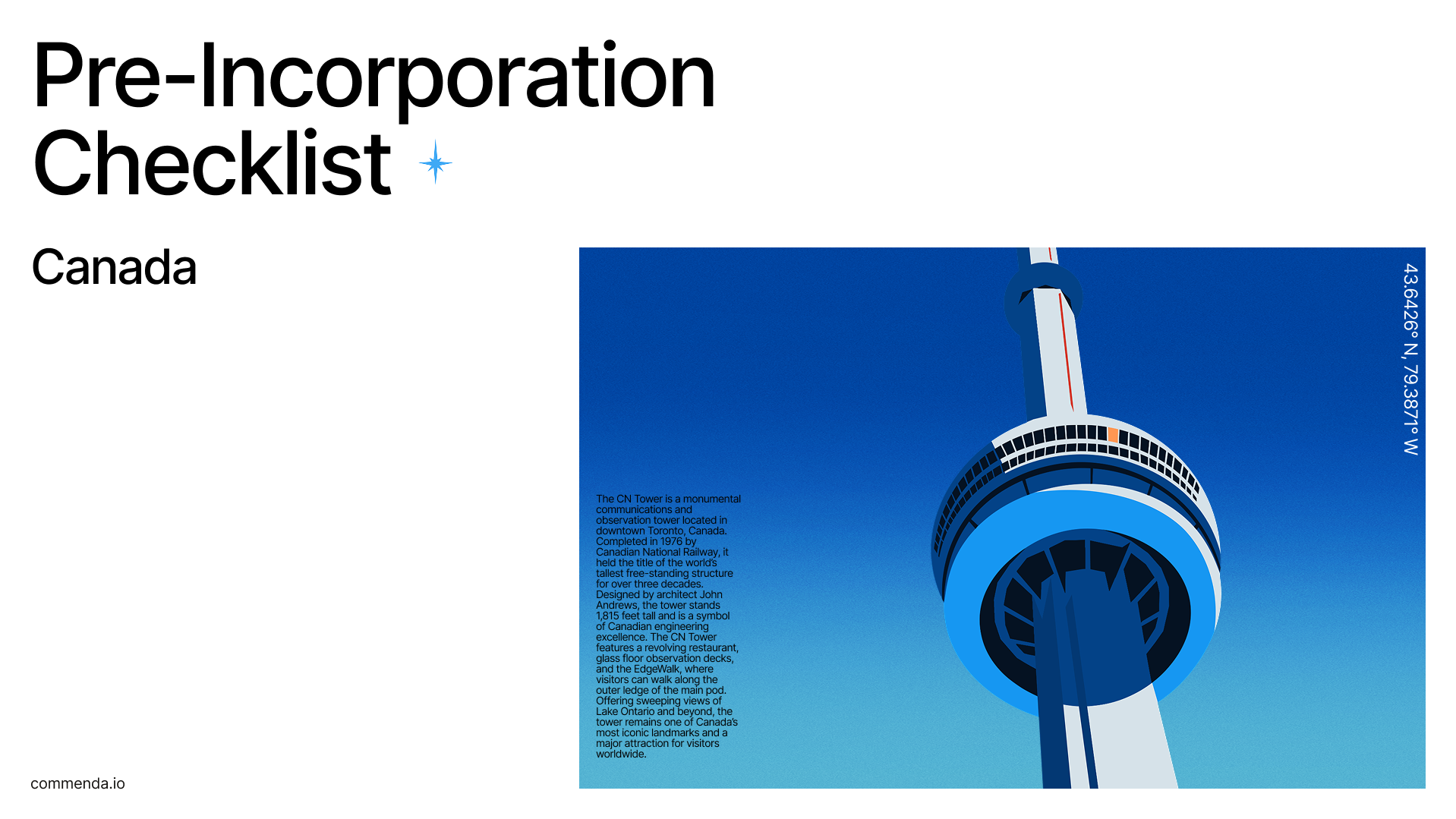The Canadian tariffs on US goods before Trump imposed restrictions for over twenty years on trade within North America. Tariffs on trade between the United States and Canada were to a great extent abolished with the “Canada-US Free Trade Agreement” in 1989 and “NAFTA” in 1994-2020. However, Canadian goods like commercial dairy products, poultry, eggs, softwood lumber, cultural products, alcohol, and tobacco were deemed sensitive and thus, protected by high tariff-rate quotas (TRQs) and Canadian import duties on US goods. Even today, claiming dominion over tariff-struck commodities relies on understanding tariffs before Trump era for any trader, dispatcher, or logistics manager who has to deal with unanswered pricing and sourcing intricacies that continue with USMCA.
Introduction: Why Pre-Trump Tariff History Still Matters
Recall Wisconsin cheddar’s polysyllabic over-quota duty of up to 245 %, which must have adversely impacted Wisconsin cheesemaker margins. In a contrary vein, Michigan auto parts manufacturers shipping transmissions to Ontario enjoyed the zero-duty regime within NAFTA tariffs as it streamlined costing and reduced lead times. After the 2018 Trump tariffs, USMCA still preserved, except for some dairy quota expansion, NAFTA’s framework of no charges on cross-border trade, more so, class Canada’s charges on US goods before Trump as invaluable for:
Estimates of Landed Costs: Ensure no unexpected duties are incurred due to planning high-duty carve-outs.
Quota Access Control: Retain quota allocations to evade high over-quota fees.
Supply-Chain Design: Bonded warehouse and FTZ compliance strategies enable origin compliance.
Despite Integrated North American economies, lower tariff boundaries still determine sourcing, manufacturing, and distribution locations.
Evolution of Canada–US Trade Liberalization
Early Tariffs: Reciprocal Treaties (1854-1935)
- The US and British North America Agreement of 1854: Eliminated surcharges on raw materials that the rest of the world considers gold, grain, and timber, commercially important.
- Repeal & Protectionism: The agreement was terminated in 1866, which resulted in Canada imposing taxes for the purposes of raising cash to protect emerging businesses.
Auto Pact (Canada–USA Automotive Products Agreement, 1965)
- Rule on Regional Content: Vehicles and parts with 50% or more content from Canada or the US were allowed duty-free.
- Investment Surge: There was an increased cross-border investment in auto assembly, and there were more integrated supply chains.
Canada–US Free Trade Agreement (CUSFTA, 1989)
- Phase-Out Schedule: Over 10 years, there was a 98% reduction in bilateral duties.
- Dispute Resolution: The Introduced Binational Panels were displacing domestic courts for anti-dumping and countervail cases.
- Service & Investment Liberalization: Extends beyond goods and covers intellectual property, financial services, and public procurement.
NAFTA (1994–2020)
- Tri-lateral Duty Elimination: Rules of Origin (ROO) were unified in Canada, the USA, and Mexico for 99% of industrial goods.
- Automotive Requirements: 62.5% regional content required (75% USMCA).
- Investor-State Dispute Settlement: Lawsuit by corporations against sovereign states for breach of the treaty.
Transition to USMCA (2020–)
- Auto Content Increase: Duty exemption now requires 75% regional content.
- Sunset Clause: The term is 16 years, subject to review after six years in a row.
- Improved Access to Dairy Products: Allocated 3.6% additional American quota to Canada.

Overview of US Canada Trade Before 2018
- 2017 Bilateral Trade: US$685 billion in two-way goods.
- US Exports to Canada:
- Machinery and Electrical Equipment Exported from Canada – 28 %
- Vehicles and Parts – 14 %
- Mineral Fuels and Oils -10 %
- Plastic and Articles – 7 %
- Surplus Balance: Approximately $17 billion for the United States
NAFTA’s near-complete duty elimination fostered just-in-time inventories, cross-border manufacturing, and synchronized logistics with the exception of explicit national exemptions.
General Duty Elimination Under NAFTA
Rules of Origin (ROO)
Verifiable Origin: A regional content test needs to be passed.
Auto Example: Drives business value greater than 62.5 % in terms of value added in North America, hence why the Engine & Transmission parts are often reclassified via binding rulings.
De Minimis Exemption: Qualifying under final appraised value with the use of up to 7 non-originating inputs.
Simplified Documentation
- The self-certification form of the NAFTA Certificate of Origin solved complex paperwork problems.
- Advance Rulings became a thing with the binding classification of CBSA and origin determinations from the Canada Border Services Agency (CBSA).
Businesses used the ROO to change their supply chains, which meant sourcing subcomponents regionally to keep the status of no duty.
Protected Sectors & Tariff-Rate Quotas
Apart from 99 % of all goods, where there are supply-managed sectors or sensitive industries under the TRQ
Dairy, Poultry, and Eggs
Managing Supply: Produce control via quotas and setting prices ensures the farm’s profit.
TRQ System:
In-quota: Preferential rates with limited yearly volumes (ex, 3%-5%).
Over-Quota: Prohibitive duties of 245% in some cases.
Annual Quotas: Allocated based on historical importer share or auction to bids. Advertised in the Canadian Gazette.
Alcohol and Tobacco
Cigarettes: CAD$0.3465+ federal excise taxes per stick.
Wine & Beer: 15%-6% depending on the type, strength, and sweetness.
Spirits: CAD$2.87/L +2.5% of the value.
Cultural Industries
Recordings and Films: 6%- 16% tariffs on foreign-produced media.
Broadcasting and Publications: Responsibilities up to 18% protect Canadian content; books with ≥75% Canadian authorship enter duty-free.
For other TRQ regulations, check the Canada Export and Agriculture policies of Agri-Foods Canada.
The Softwood Lumber Dispute
One of the longest disputes between Canada and the US over softwood borders. First noted over NAFTA.
Technical Basis
Fee Stumpage Canadian: Fees set by the provincial or the crown lands of Canadian stumpage. Alleged to charge base subsidies by default.
Countervail Actions-USA
1982: First introduced 15% additional export taxes.
2001: 27% peak in duties.
Trade Remedies and Panels
Chapter 19 Panels: International separate from the national dispute resolution, and renegotiate within NAFTA. The US came to the wrong consensus on many determinations, yet contracted duties came back.
Seasonal Changes: Cycles are bred on specific mills and regions for set durations.
Economic Impact
Industry Consolidation: Merged or closed Canadian mills, while US firms had higher input costs.
Integrated Mills: Some operations repatriated value associated with US-owned Canadian operations to avoid paying duties.
Rules of Origin in Depth
To award only truly regional goods, NAFTA ROO implemented key guidelines such as:
- Automotive: 62.5% of the contents must be regional, and engine or transmission thresholds.
- Textiles: Exceptions for certain fibers, 100% yarn, and fabric must be from North America.
- De Minimis: Non-originating content not exceeding 7 percent is allowed if the required percentage of the total value test is met.
- Diagonal Cumulation: EU Origin parts included in some NAFTA sectors are subject to defined limits.
Advance Rulings: Reduction of audit risk was achieved when companies received binding ROO clarifications from the CBSA.
Tariff-Rate Quota (TRQ) Mechanics
Quota Allocation
- Annual Notices: Set volumes, rates, and licensing procedures, which are published in the Canada Gazette Annexes.
- Allocation Methods:
- Historical importers allocate quota shares.
- Auctioning of returned or unallocated quota.
- Random selections for small distributors.
Strategic Responses
- Quota Syndicates: Collaborations between US producers and Canadian importers aimed at the EU red lines.
- Local Processing: Intermediate ingredients are imported under bond and undergo minimal processing to be classified as Canadian origin.
- Bonded Warehouses: Market delivery occurs post-quota clearance, at which point duties are deferred until quotas clear.
Business Strategies Under NAFTA
Landed-Cost Modeling
- Cost Components: FOB price + freight + insurance + in-quota or over-quota duties + excise + GST/HST.
- Example: The US cheese goes for USD 8/kg, freight USD 0.50, in-quota duty 5% (USD 0.425), and over-quota duty 245% (USD 19.60), deadweight loss substantially changes the margin.
Supply-Chain Engineering
- Free Trade Zone Assembly: Duty-free import of inputs, assembly of final goods in Canada, sold as Canadian origin under NAFTA rules.
- Quota Partnerships: Attain TRQs by teaming up with Canadian importers who already have established businesses.
- Advance Rulings & Compliance Audits: Pre-shipment classification and in-house ROO audits reduce the risk of incurring duties after the fact.
Transition to USMCA: Continuity and Change
Notable changes made under USMCA included:
Automotive Content: Changed from 62.5% to 75%.
Sunset Review: 16-year term and review after 6 years.
Enhanced Dairy Access: An extra 3.6% US quota on top of what was put in place during NAFTA.
WTO consistency: kept them for TRQs and the over-quota duty scheme for supply-managed products.
The fine print of NAFTA allows businesses to “effortlessly” adjust to the changes brought on by USMCA.
Sector Profiles: Deep Dives
Dairy & Supply Management
- Provincial Marketing Boards: Oversee production and quotas apportionment.
- TRQ Details: In-quota butter 7 % duty on 9,200 t; over-quota 245 %.
- Example: A U.S. butter exporter shipping 100 t: 9,200 t at 7 % duty, 90,800 t effectively barred.
Softwood Lumber
- Crown vs. Private: Canadian Crown fees versus US private market pricing.
- Periodic Reviews: USITC and DOC investigations every 5 years.
- Panel Decisions: Distrust led to mixed outcry and outcome, duty suspensions of the interim.
Cultural Goods
- Publication Duties: 0 % for domestic-origin and 18% for foreign bi-monthly periodicals.
- Audiovisual: 6%-16% to Canadian content quotas for broadcasters.
Rules of Engagement for Importers
- Verify HS Codes & Origin: Secure advance rulings from CBSA to lock in duty treatment.
- Monitor TRQ Announcements: Canada Gazette announcements in January each year signal allocations and deadlines.
- Model Multiple Scenarios: Within-quota versus over-quota duties, freight differences, and currency shifts.
- Invest in Compliance: Internal ROO audits, classification checks, and advice from legal counsel will minimize retroactivity.
How Commenda Helps Cross-Border Businesses
Entity Structuring: Constitute Canadian subsidiary border wardens to clear distributor Vegas and claim origins.
Quota and Licensing Support: Assist with the TRQ application and auction processes.
Binding Rulings: Aid in applying for advanced tariff and origin determinations from CBSA.
Landed-Cost Analytics: Dashboards provide real-time analysis of freight, duties, taxes, and other fees to provide clear visibility.
For a personalized compliance audit on cross-border trade, reach out to Commenda Trade Solutions.
Conclusion
Pre-Trump era U.S.-Canada trade was mainly defined by NAFTA’s overarching duty eliminations, moderated by protective benchmarks for softwood lumber, dairy & poultry, cultural industries, and tobacco. Firms that had an understanding of Canadian tariffs on US goods pre-Trump utilized under bonds, TRQs, advance rulings, warehouse strategies, and supply chain design to gain optimal cost of goods sold for the free flow of goods. Reserving sabbatical inequities lessons from NAFTA era restrictions, with USMCA introduced alongside shifts to origin and quota limits, USMCA terminology origin assault borders reinforces many pre-2018 era policies as paramount. Insight coupled with Commenda support equips nations for strategic trade and maximizes the potential offered by integrated North American supply chains.












